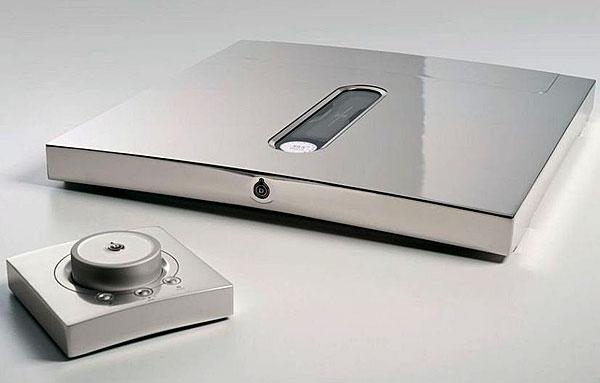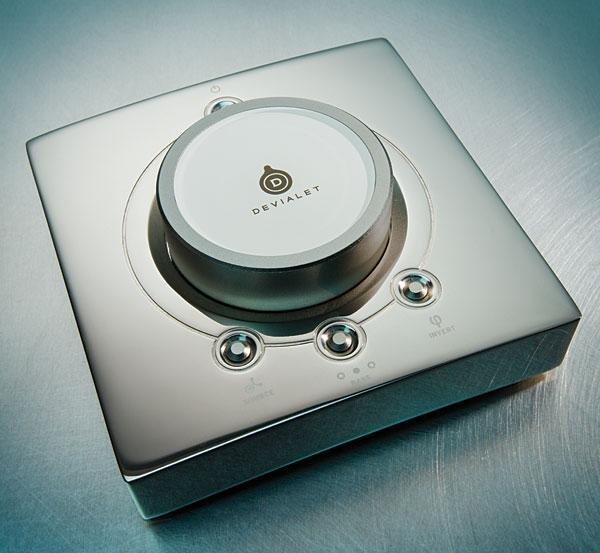| Columns Retired Columns & Blogs |
John,
In your opinion, how does the Devialet's pre-amp/DAC section stack up against the Classe CP-800? I ask this because they both appear to be cut from the same cloth so to speak; beautifully styled, apparent 18 bit resolution, switching amp/power supply, highly configurable, and relatively future proof. And, when you start to add power amps to the CP-800, you get up around Devialet money anyway.
Regards,
Brad



 To use the D-Premier's WiFi connectivity, Audio Plus had supplied me with an
To use the D-Premier's WiFi connectivity, Audio Plus had supplied me with an 





































